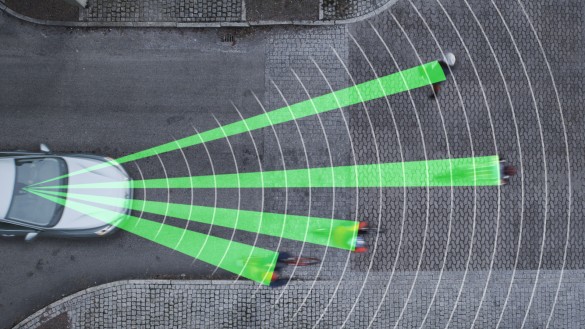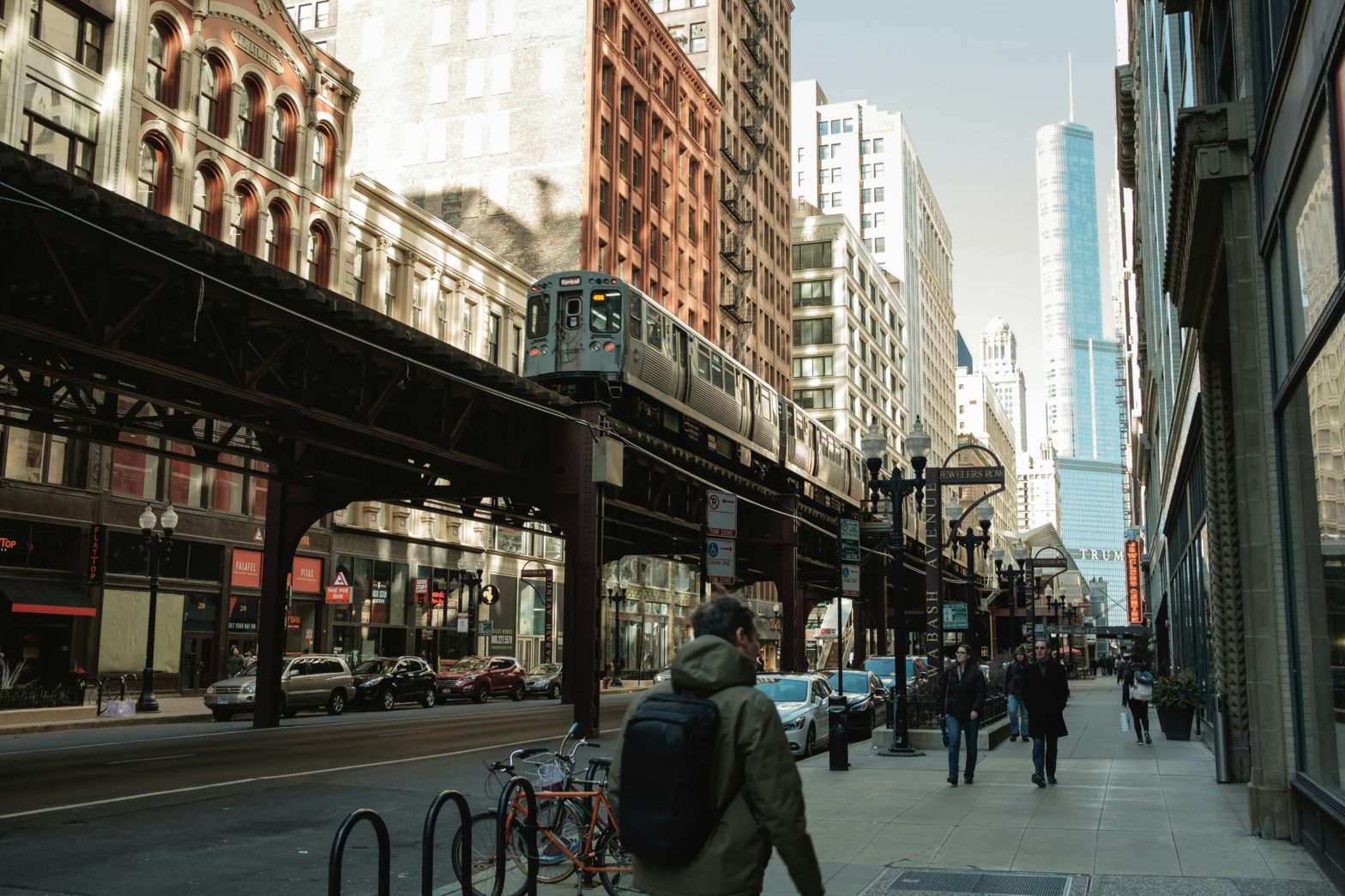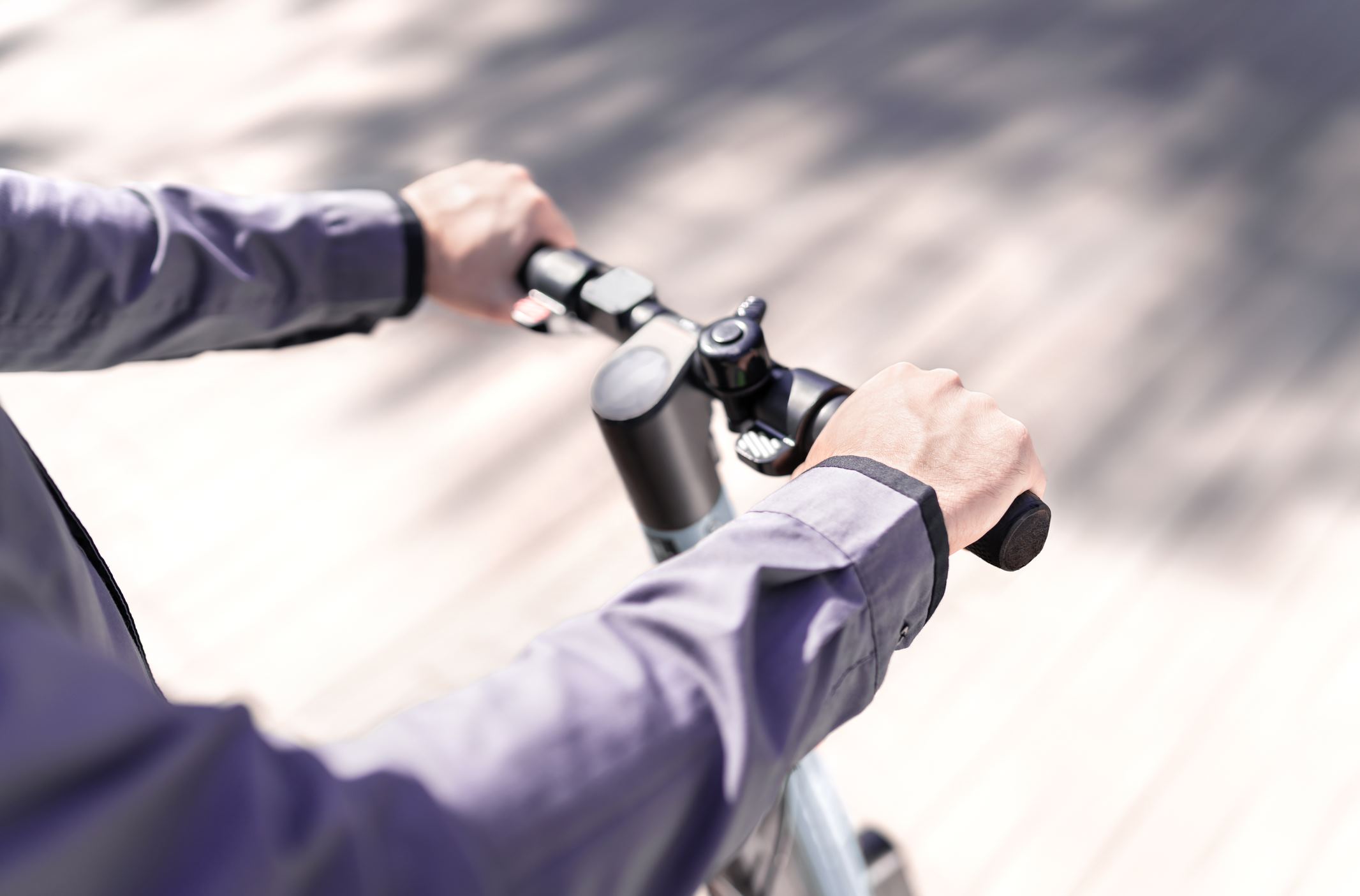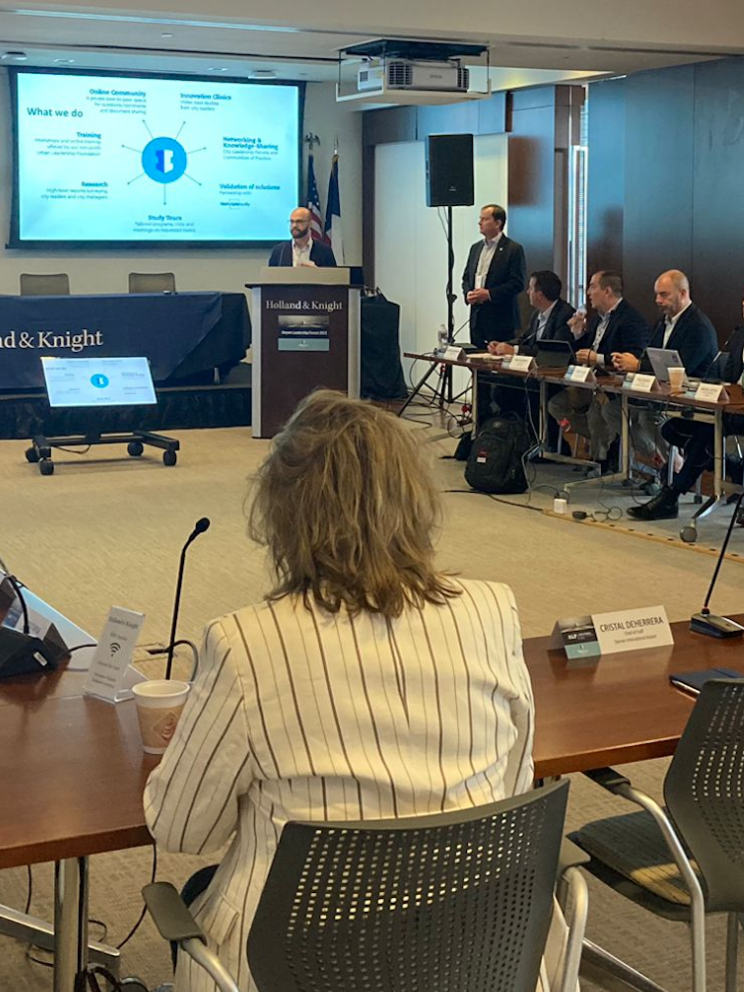
Photo: Volvo-Car-Group1-585×329
Volvo unveils cyclist detect and brake system
08 March 2013
by Richard Forster
Auto company Volvo has unveiled new detection technology that senses and automatically brakes for cyclists
New advanced software, revealed at this week’s Geneva Motor Show which includes more rapid vision processing, now makes it possible to extend detection and auto brake technology to cover cyclists. According to accident data, about 50 percent of all cyclists killed in European traffic result from colliding with a car. Volvo hopes the new technology will help reduce road fatalities. “Our solutions for avoiding collisions with unprotected road users are unique in the industry. By covering more and more objects and situations, we reinforce our position within automotive safety,” said Doug Speck, Senior Vice President Marketing, Sales and Customer Service at Volvo Car Group. The component consists of a radar unit integrated into the car’s grille, a camera fitted in front of the interior rear-view mirror and a central control unit. The auto brake system requires both the radar and the camera to confirm the object before the brakes are deployed. The European Cyclists’ Federation while welcoming the measure hopes that traffic authorities do not become overly reliant on technology. “This is new technology and we will have to closely monitor how it advances, overall we see it as a positive development,” Ceri Woolsgrove, Road Safety Policy Officer at the Federation told Cities Today. “Rather than worrying that drivers will become over dependent on this we hope that traffic authorities don’t become reliant on this and do not see this as just one tool in the kitbag for improving cyclist safety.” Woolsgrove said that driver training, infrastructure and speed limits need to be improved along with new vehicle designs and technology. “We hope it [technology] continues to include airbags for car bonnets, Intelligent Speed Assistance, and blind spot turn sensors for lorries,” he added. “If we can lower, not only the actual risks of cycling but also the perceived risks of cycling we can get more people cycling.”









